Manufacturing
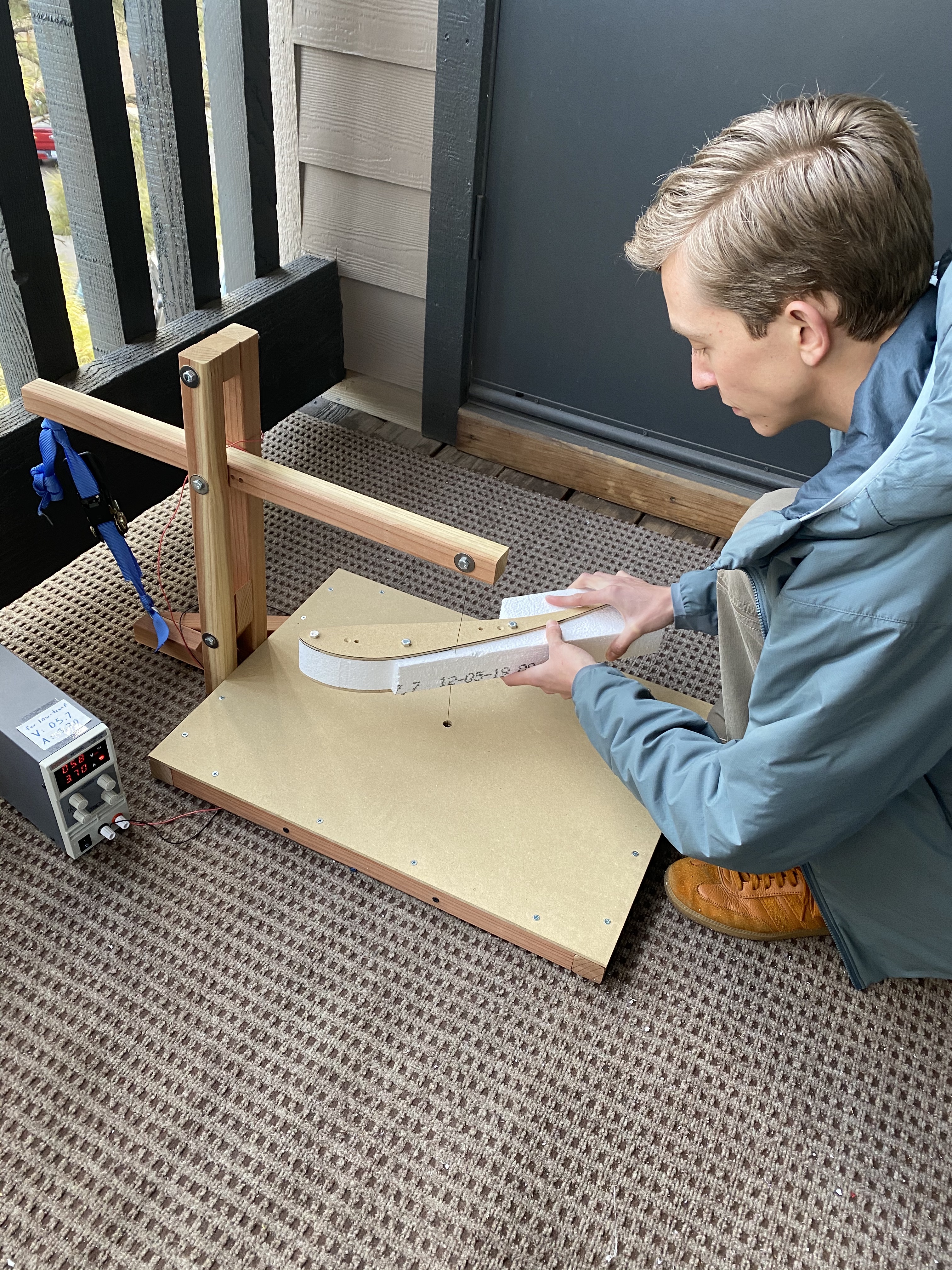
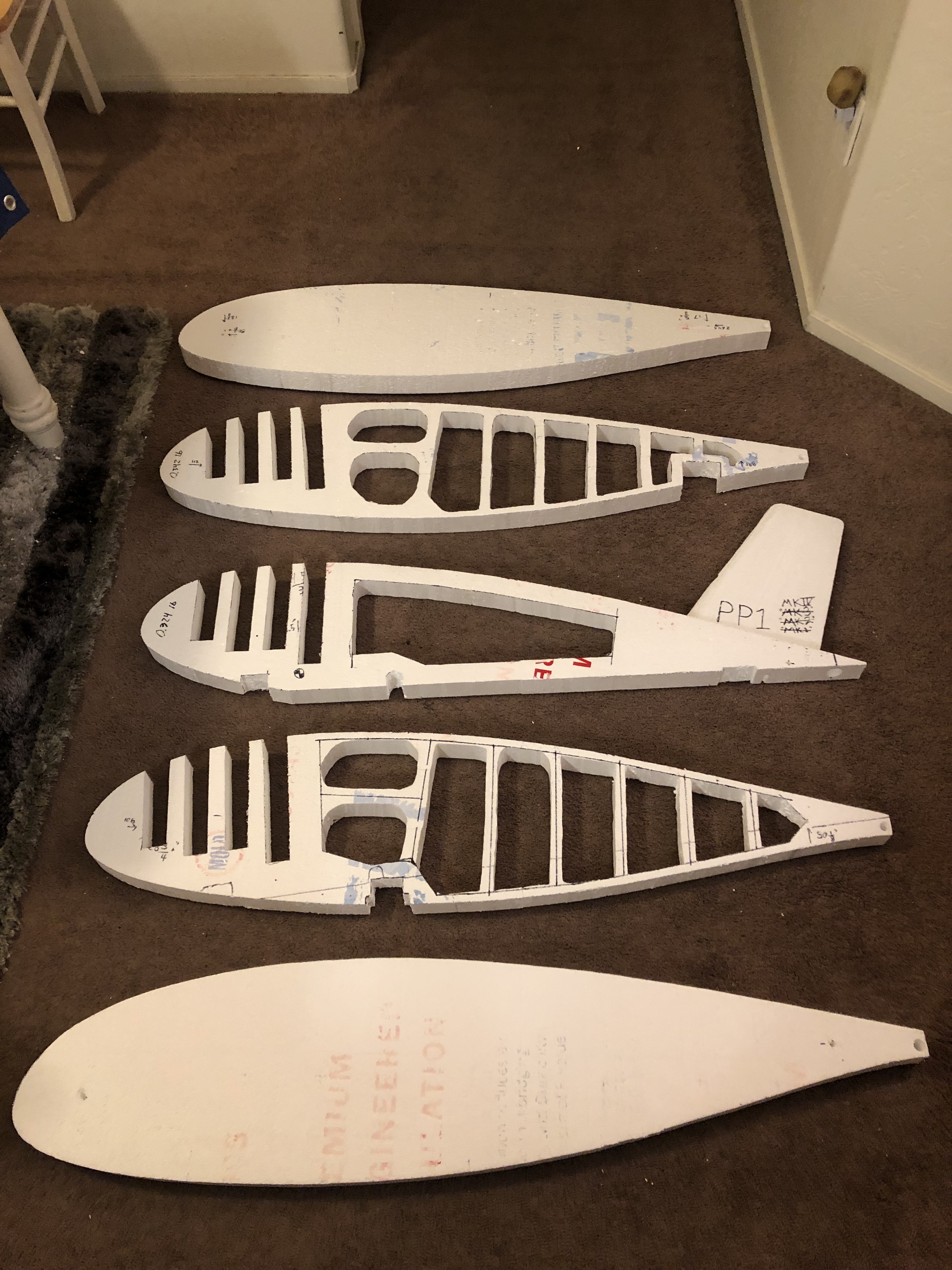
Prototypes
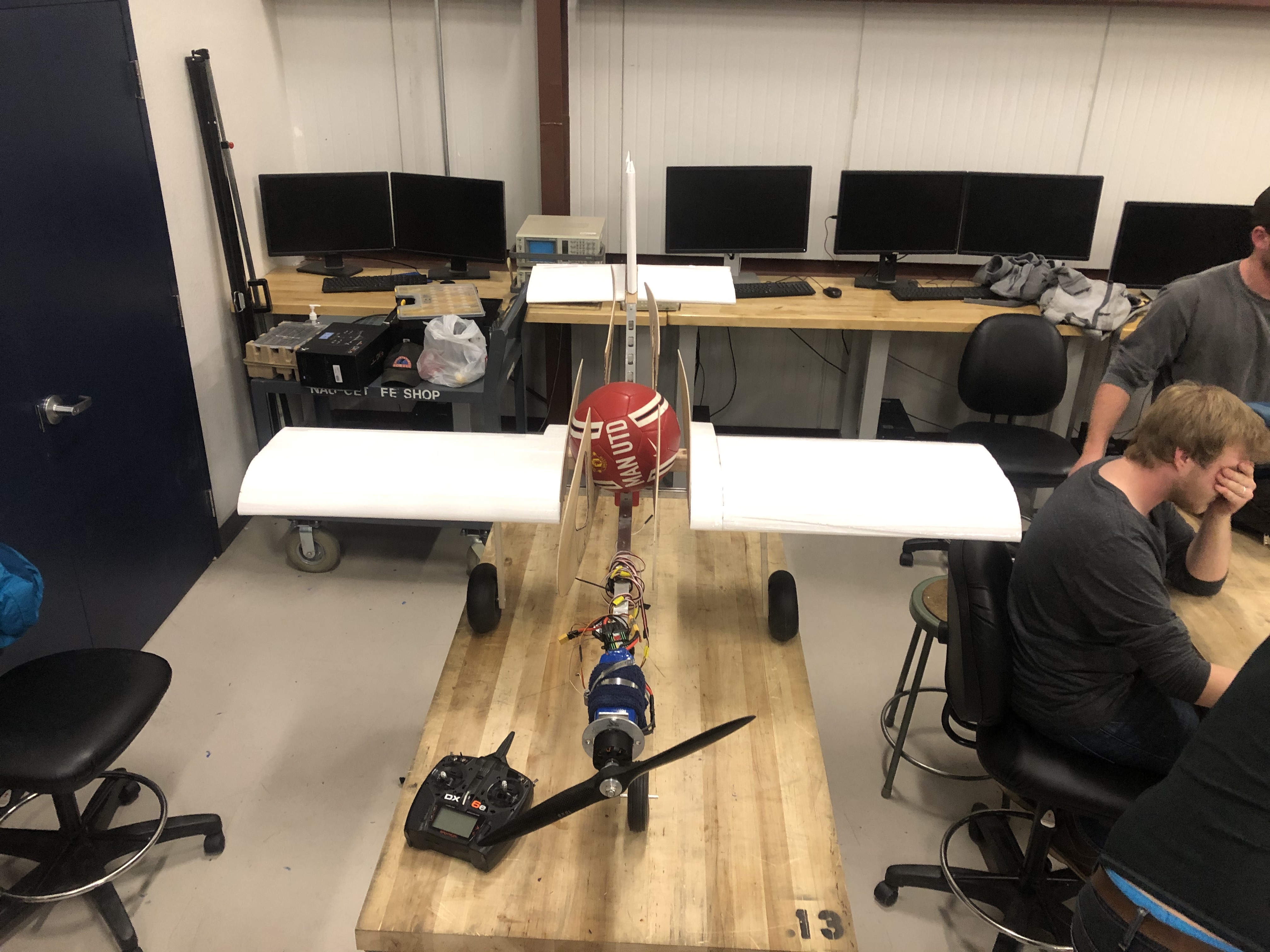
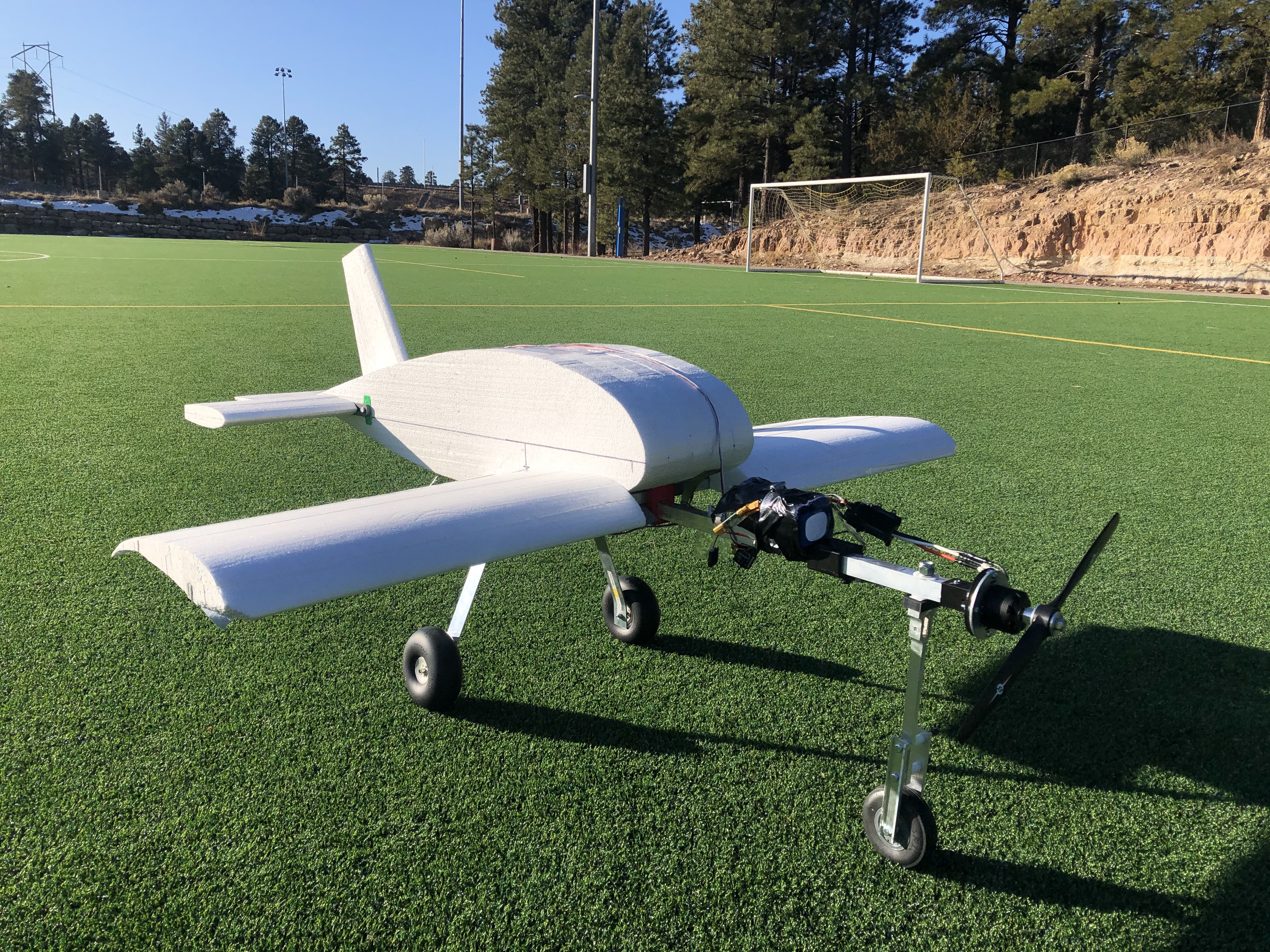
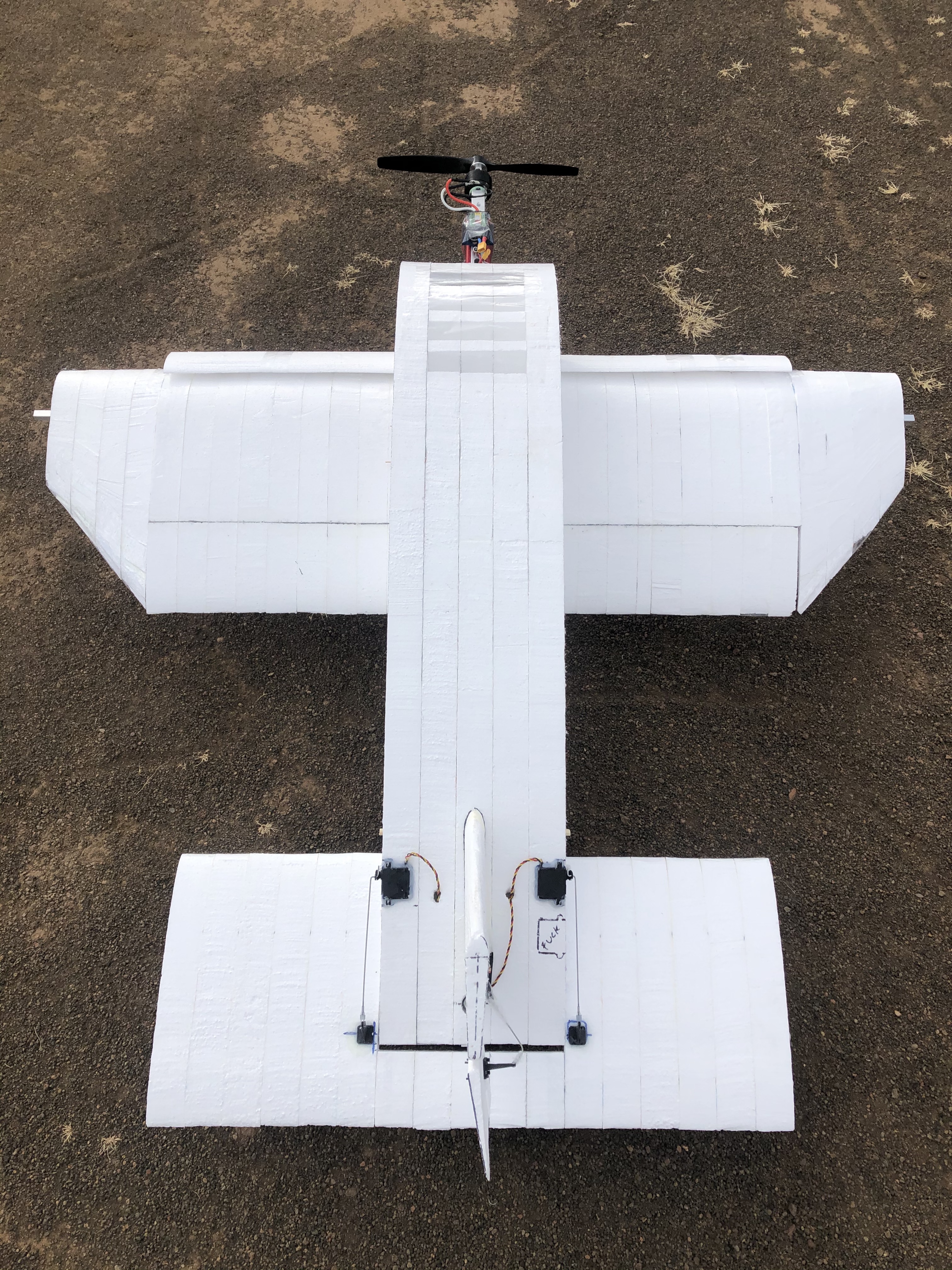
Mark V saw the limiting of the angular travel of the horizontal stabilizer, then Mark VI reverted the design back to using a fixed tail section with only an actuating elevator strip at the rear.
(MK VII) The seventh and current iteration of the design was constructed with the horizontal stabilizer fixed in a position pitched to 0 degrees angle of attack with respect to incoming flow. This allowed the front to lift off the ground earlier and yielded successful loaded test flights that satisfied all engineering requirements for competition.

